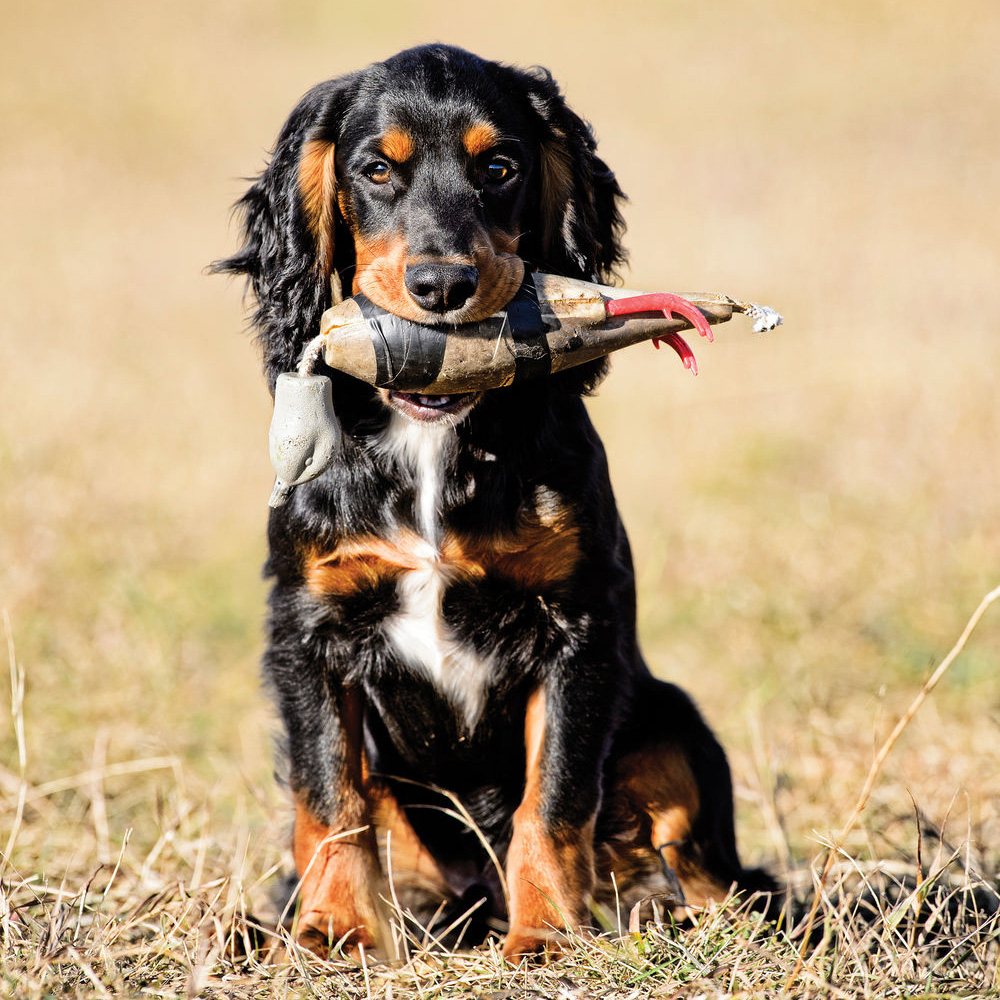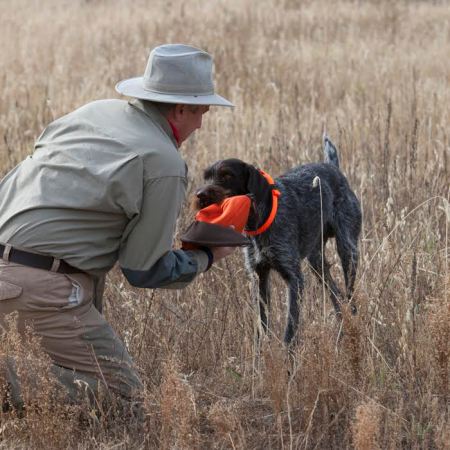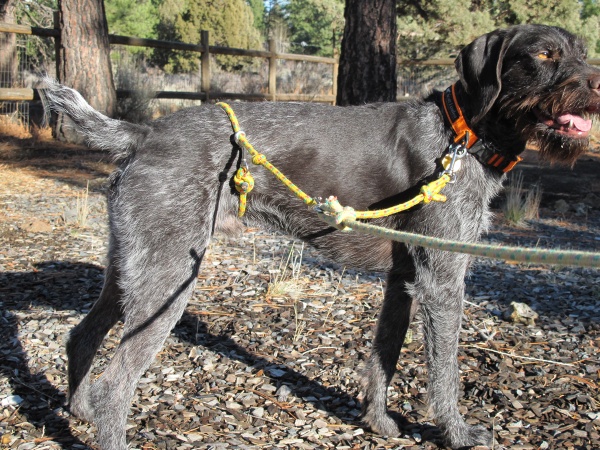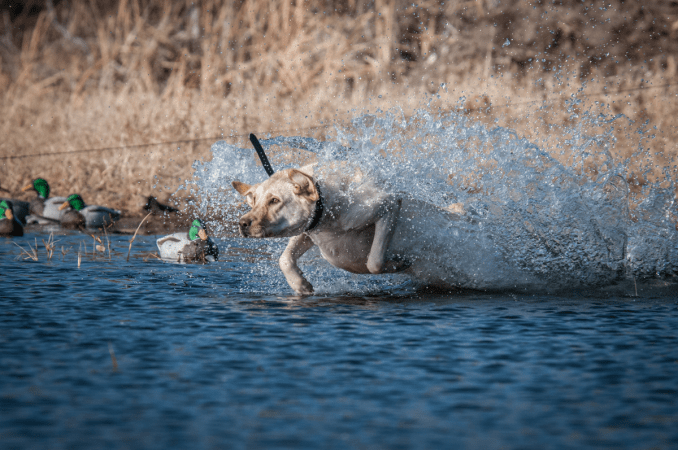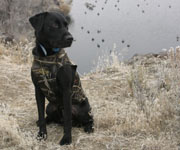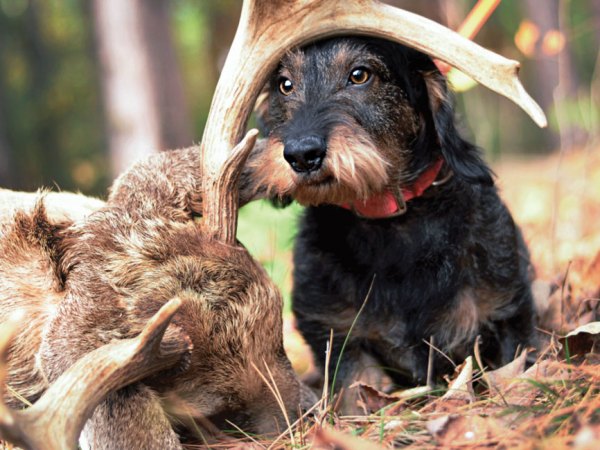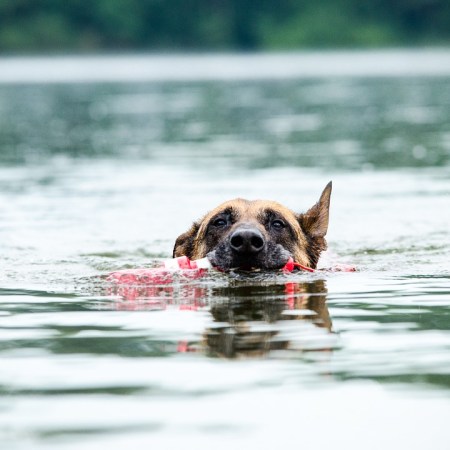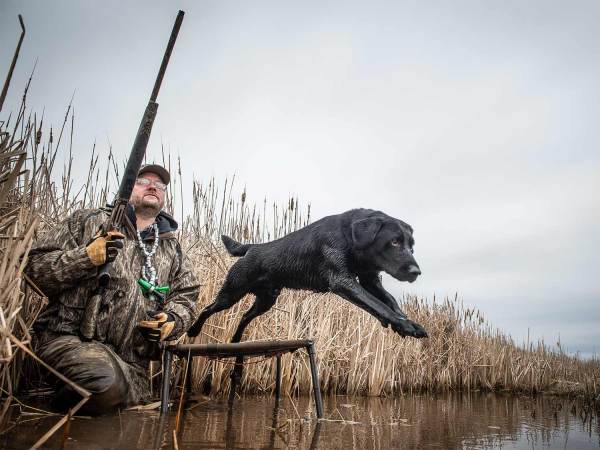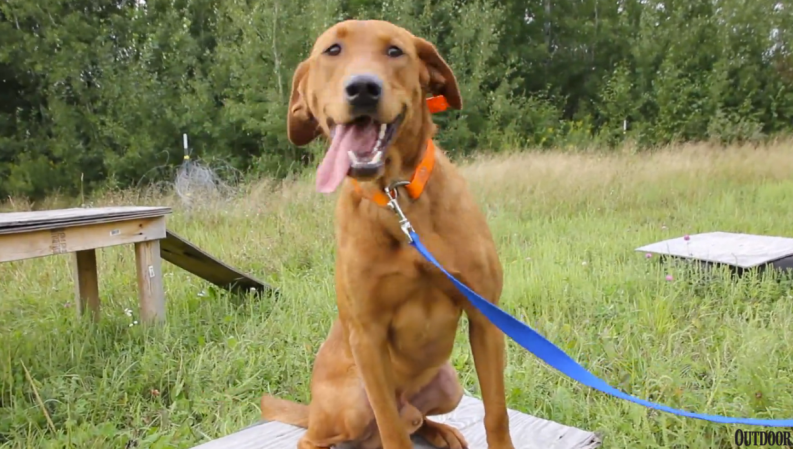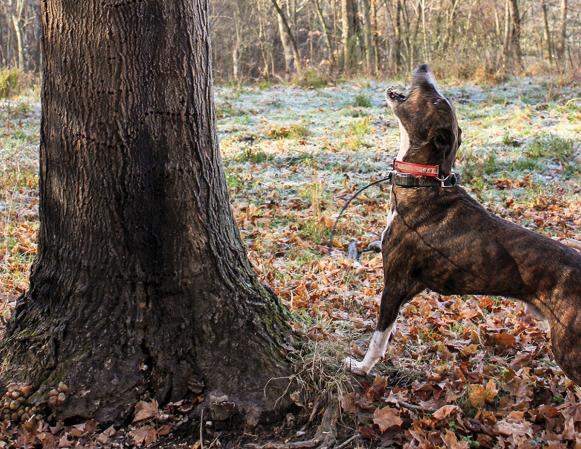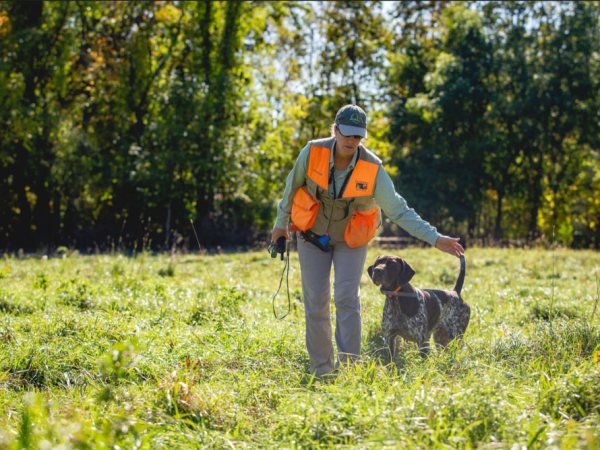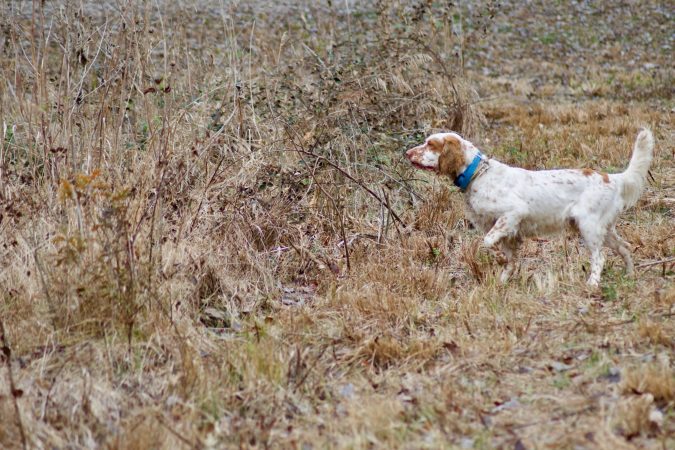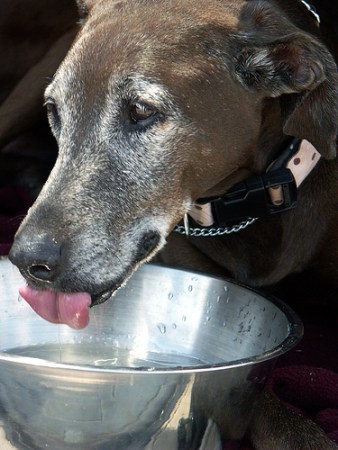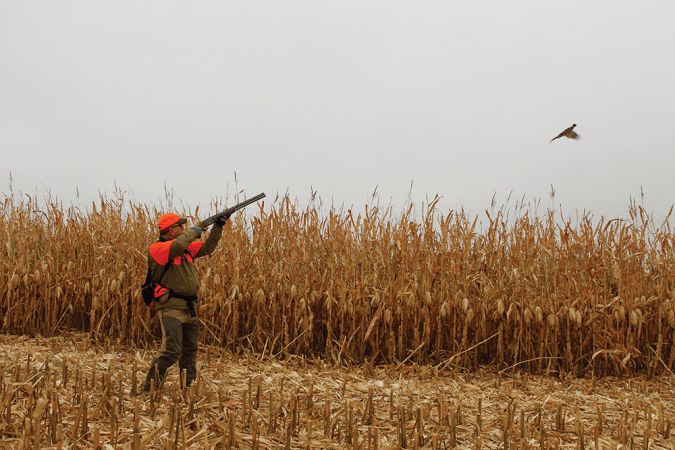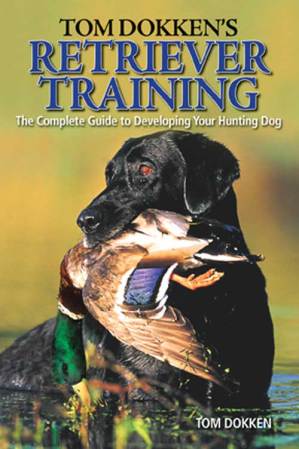Training started the moment you gathered that little ball of fur up in your arms for the first time, and it never ends. It is a continuum of more and bigger distractions your dog must learn to ignore while executing a command, and “finished dog” is always a relative term.
You can’t go wrong with a few basics: Rick Smith, son of legendary trainer Delmar Smith, says your dog should stop, go away from you, and come back to you when you want.
The devil, of course, is in the details. Every dog progresses at his own pace, but here are some rough guidelines to follow on your first year (or so) together.
AGE 2 to 4 MONTHS
Acquaint your apprentice with people, places, grooming, doctoring, and—once vaccinations are complete—other friendly dogs. This is the time for housebreaking, crate training, teaching pup to respond to his name, and the meaning of “no.” Mild exercise only—his joints’ growth plates aren’t ready for sustained running or jumping. Acquaint him with a collar and leash, but no yanking; you get more cooperation with praise than with punishment.
AGE 5 to 7 MONTHS
Obedience is the primary goal—getting the dog to come when called and yield to a leash are the first orders of business. Bold pups can explore the field on a check-cord, learning the windshield-wiper pattern you’ll want them to employ in the field. When your flusher pup sits on his own, overlay the command “hup.” Start gently holding your pointer while introducing “whoa,” on a training table if you have one.
Introducing dead birds during this age window will kindle the dog’s prey drive, and if you can keep up, you might check-cord your pup into the scent cone of hard-flushing live birds. Pointers might flash point, and with a firm grip on the cord they will start learning steadiness to wing. Spaniels and retrievers that know “hup” can be encouraged to sit on flush, but this exercise is really about getting them fired up about bird contact, not performance.
Fun times in warm, shallow water are also in order, but let pup decide when to swim. Introduce gunfire, starting at a distance with cap guns and then moving to blank pistols and small-gauge shotguns, always while pup is reveling in bird contact.
AGE 8 to 11 MONTHS
Introduce the electronic training collar, using it only when you are certain he fully understands a command. Pointing instincts are becoming prominent now. Retrievers and versatile dogs should bring retrieving bumpers back, at least most of the way. If he’s been properly introduced to guns, take pup hunting for short stints. Field dogs should be patterning back and forth (check-cord attached), close for the spaniels and retrievers, at natural range for pointing breeds.
AGE 12 to 16 MONTHS
Your adolescent dog should have most obedience commands down pat. Pointers should stand a bird until it flies. Flushers should “hup” on the flush. Learning “blind manners”—sitting still and quiet while hunters call ducks—can now be a priority for any dog expected to work the marsh. Ditto for easy marks (watching falling birds to ensure accurate retrieves).
Dog training is a lifetime of devotion, effort, fun, headaches and heartaches, and occasional triumphs for each of you. It’s a series of baby steps and quantum leaps, plateaus and regression. Even the best pup will go off the rails, so plan on frequent remedial work. But when he points his first ringneck or churns toward a downed pintail, you’ll know it was worth every minute.
